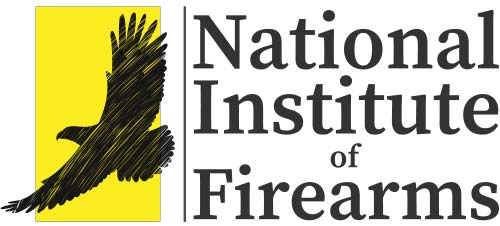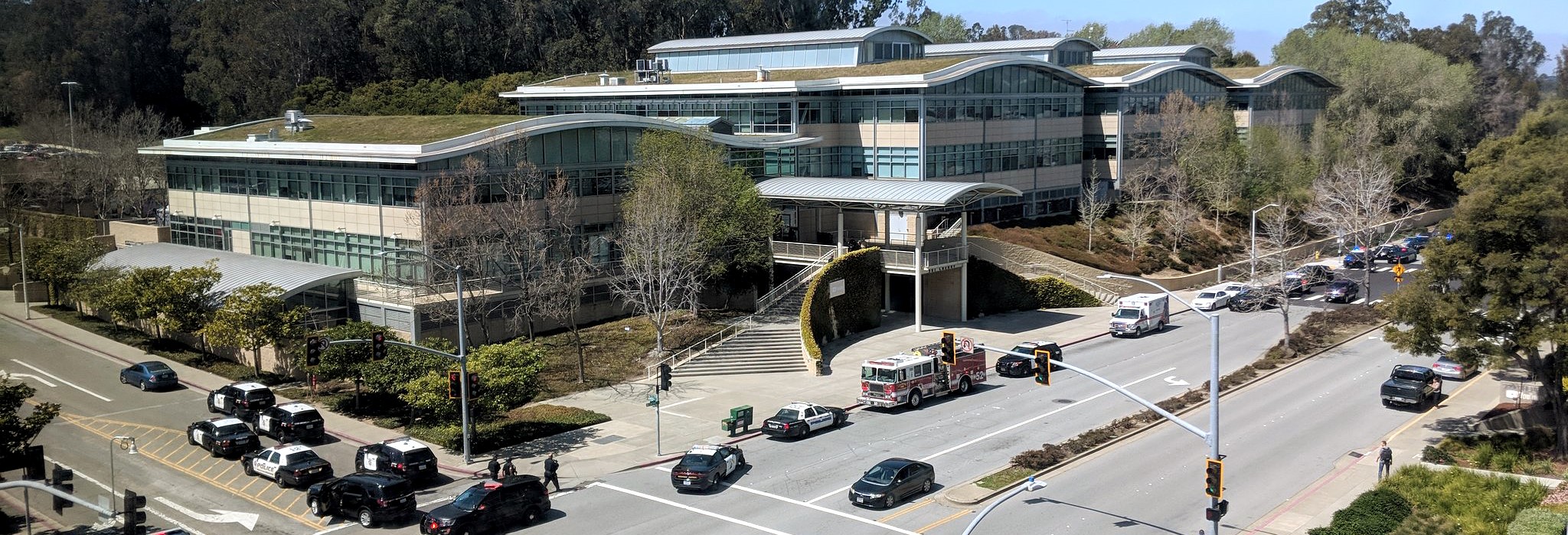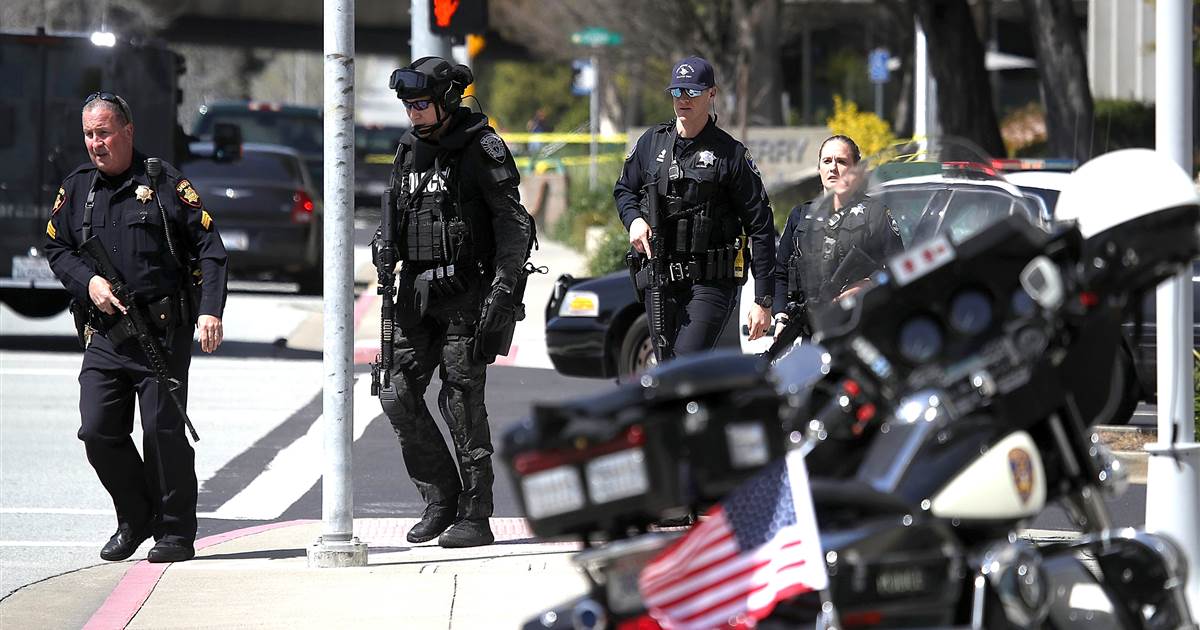Why Are Women Mass Shooters So Rare?
While watching the coverage of the shooting at Youtube headquarters as it unfolded earlier this week, I became very curious about something I noticed that was drastically different with this shooting. I couldn’t recall how often I had heard of a female mass shooter, which of course prompted me to dig in. What I found was pretty interesting; that of the 97 total shootings from 1982 to February 2018 there have only been 3 mass shootings executed by a woman. One of those was actually a husband and wife couple in San Bernadino back in December of 2015, so not sure where that falls in the grand scheme of things. At any rate, the latest shooting in California brings that total to 4.
So, why are women mass shooters so rare? Here’s what I found – you can draw your own conclusions… and be sure to chime in with your comments below – or better yet, join our chatroom to discuss your thoughts now!
During my search, I found a couple unexpected stats that might provide some insight on the mass shooting gender gap.
- Women commit only 10-13% of homicides in the U.S.
- When women do kill, they are less likely to use firearms – 8% of firearm homicides are female compared to 40% poisonings and 20% by fire.
What that means is that in general, female murderers don’t choose a firearm as their method or tool to carry out the crime. Additionally, they are more likely to commit a homicide on a family member or an intimate partner, which leads to more singular victims rather than mass casualties.
So, if men are committing the remaining homicides in the U.S., what is at the root of the disparity here? Is it a nature or nurture type of deal or is there more to it?
The gender gap in violence is found in almost every culture around the world – even in the animal kingdom (i.e. chimpanzees) where violence can beget status for males and a lack of status can mean missing out on the chance to mate. So, from the nurture side, the answer might stem from more of an evolutionary need. This need for status isn’t seen in females as much as males – which may help fuel this difference between them.
Additionally, many mass shooters seem to lash out because of some perceived injustice; a slight against them that damages their status. This damage, whether real or perceived, is interpreted differently by males versus females. Girls don’t find becoming a violent antihero as appealing as boys do. Think back to your days in high-school and you’ll remember your school being dominated by social groups, or “cliques”. Young men may become school shooters because they may be experiencing humiliation and disappointment from attempts to “fit in” with a certain group and decide to trade the “loser” status for a more favorable one like “antihero”. These struggles with perceived slights manifest differently with girls; often resulting in struggles that play out in different ways, like self-harm or hurtful gossip.
Additionally, variations in a gene called MAOA combined with early developmental stressors like abuse or drug use can raise a man’s risk of criminality. The monoamine oxidase A gene (MAOA) has earned the nickname “warrior gene” because it has been linked to aggression in observational and survey-based studies. In the study, subjects punished others believed to have stolen money from them using hot sauce against their opponent. The study suggests genetic influences on aggression and punishment behavior tied to everyday decisions.
While nature seems to play a role in the gender gap seen in mass shootings, there also is a societal one. In America, we perpetuate a culture of not only violence but one that loves powerful men with guns (i.e. Ethan Hunt from Mission Impossible, James Bond, and nearly all the main characters in Pulp Fiction, DieHard, The Godfather, John Wick, etc). The list goes on and on, but the point is that the culture in the U.S. puts this persona front and center and as a result, viewers idolize these characters to varying degrees.
Most mass shootings were carried out by males who felt the opposite of the characters mentioned above. Even feeling like they were owed something the world has not provided them. The desire to kill seems driven by a sense of entitlement gone wrong, as suspected as the motive behind the most recent shooting in California. While the data suggests this is a primary influencer in males, the gender gap in aggression between males and females has been narrowing, possibly in part due to popular icons acting in more violent manners. Though the violent gender gap is decreasing, the gender gap in lethal violence has not and many cannot understand why.
Many of the mass shootings since 1982 have a background in domestic violence as well. Perpetrators in the recent Pulse and Parkland shootings were reportedly abusive to ex-wives and girlfriends. Fellow classmates to the Parkland shooter stated that Nikolas Cruz, “stalked [his ex-girlfriend] and threatened her. He was like, ‘I’m going to kill you,’ and he would say awful things to her and harass her to the point I would walk her to the bus just to make sure she was OK.” While abusers can be both men and women, about 3 in 5 of all victims are women – and it is well acknoledged that the majority of victims of injury-related violence are herterosexual women. The prevalence rate for the use of physical aggression in intimate relationships is approximately equal for both men and women in heterosexual relationships.
As you can see, it’s still not completely clear as to why women mass shooters are less prevalent, but there is a startling trend with young women that could make this an even bigger issue in the future. My guess is the more we and our kids idolize violent icons and characters, the more likely that gender gap of violence and lethal violence will shrink. Societal exposure to less “violence-as-the-norm” might just slow the dwindling gender gap in these stats and maybe make an impact in these frequent displays of deadly aggression – like those of the Parkland and YouTube shootings earlier this year.
Let us know your thoughts below, though! Or better yet, join our chatroom to discuss your thoughts now!
- https://www.womenshealthmag.com/life/a19682322/youtube-shooter-woman/
- https://www.livescience.com/53047-why-female-mass-shooters-are-rare.html
- http://www.pnas.org/content/106/7/2118
- https://www.harpersbazaar.com/culture/politics/a18207600/mass-shootings-male-entitlement-toxic-masculinity/
- https://www.ncbi.nlm.nih.gov/pmc/articles/PMC2562919/#R19
Join in the Conversation!
![]()
We want to hear from you!
Join us on Discord - it's FREE.



